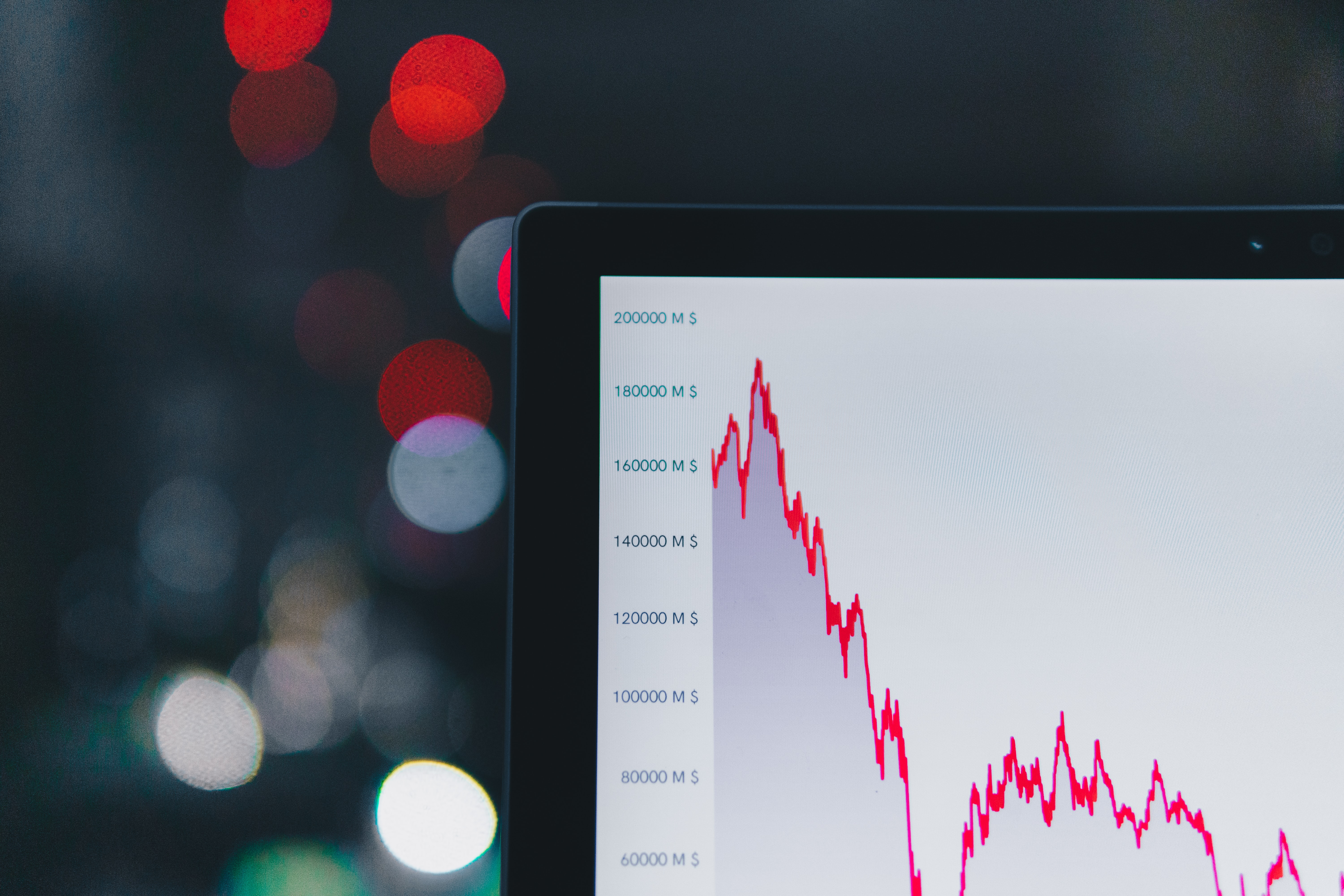Many investors evaluate stocks based on the fundamentals of the firm, such as sales, valuation, or industry trends, but the market price does not necessarily reflect these features. Technical analysts evaluate previous data, such as on MetaTrader 4, particularly price and volume, to estimate future market changes.
Trading and investment experts can use statistical analysis and behavioral economics approaches to help close the gap between an asset's real worth and its current market price. Traders benefit from technical analysis since it helps them forecast future occurrences based on previous data. Most investors base their investing decisions on a combination of fundamental research and technical analysis.
Learn how to improve your technical trading analysis with the insightful strategies of supply and demand trading on this website.
Do it properly
The top-down and bottom-up techniques of technical analysis are two of the most frequently used methodologies. The two approaches couldn't be more opposite. Short-term traders favor top-down tactics, but long-term investors prefer bottom-up ones. Furthermore, the key steps to getting started with technical analysis are as follows.
Top-down
The top-down approach is a sort of macroeconomic study that begins with a broad overview of the economy and then focuses on a few essential assets. When trading equities, a trader will first look at economies, then sectors, and lastly individual firms. Traders that use this method are more focused on making quick money than creating a long-term company. For example, if a trader believes that purchasing stocks that have just broken out above their 50-day moving average will be favorable, they may be interested.
Bottom-up
The bottom-up strategy looks at how individual stocks do, not how the economy as a whole is doing, as well as examining a stock that looks to have strong fundamentals to determine entry and exit points. If a potential investor discovers a cheap company in a downtrend, he or she may use technical analysis to estimate when the stock price will likely bottom out, and make an informed choice about whether or not to buy. When making judgments, they attempt to measure the advantages against the expenses, and when negotiating commercial agreements, they keep the whole picture in mind.
Aside from these variables, some traders may feel more comfortable employing other types of technical analysis. Swing and position traders might benefit more from technical indicators and complicated chart patterns than day traders can from basic trendlines and volume readings. Traders designing automated algorithms may base their decisions on a range of measures, such as volume indicators, technical analysis, or a mix of the two.
To begin, choose a trading strategy or approach
As your initial step, develop a trading system or select a trading strategy. One alternative for new traders is to use a "moving average crossover" approach, which involves monitoring the influence of two moving averages (say, the 50-day and 200-day) on the price movement of a certain commodity. When the 50-day moving average crosses above the 200-day moving average, a buy signal is generated. As a result, one should expect prices to continue rising. A sell signal is the inverse of this.
Provide a list of the securities in question
As previously stated, the strategy indicated above works better with highly liquid and volatile equities than with illiquid and stable stocks. However, some stocks and assets may not be suitable for this technique. Because various stocks or contracts may need different combinations of parameter values, we may need to employ distinct moving averages in this scenario, such as 15-day and 50-day moving averages. Conduct your research and choose a reputable broker.
Open a trading account that will allow you to make the investments you want to make (e.g., common stock, penny stock, futures, options, etc.). It must give the functionality necessary for tracking and monitoring the required technical indicators without breaking the bank in order to avoid wasting earnings. A simple trading account that displays moving averages on candlestick charts is ideal for the aforementioned technique.
Always keep track of your financial transactions
Depending on the trading technique used, traders may be required to exhibit varied degrees of proficiency. Day traders, for example, will want a margin account that gives them access to Level II quotations and market-maker data. However, when all costs are considered, the basic account we described may be the most cost-effective alternative.
Increase the number of tools and software in your routine
More features may be required for peak performance. Some traders may want to use automated trading systems that execute deals on their behalf, while others may need smartphone notifications or access to trade while abroad.
Suggestions and potential hazards
Because trading can be difficult, it’s critical to adequately prepare, going above and beyond the aforementioned guidelines. You should also consider the following factors.
Understanding the theory and rationale of technical analysis
Backtesting is a way to figure out how likely it is that a trading strategy will work by recreating past conditions. Practice trading with a virtual account before committing real money. Understanding the boundaries of technical analysis is critical for avoiding costly and time-consuming errors. It’s important to keep an open mind and be flexible when thinking about scalability and future needs. I wanted to try out a trading account before committing to it, so I signed up for a free trial.
I would recommend starting small and gradually increasing your experience and confidence.
Many investors use both fundamental and technical research when making investment decisions, with the latter filling in any gaps left by the former. Traders and investors should master the fundamentals of technical analysis in order to optimize long-term risk-adjusted returns. In order to avoid making financially devastating mistakes, it’s critical to master these tactics and put them to the test before investing real money.






